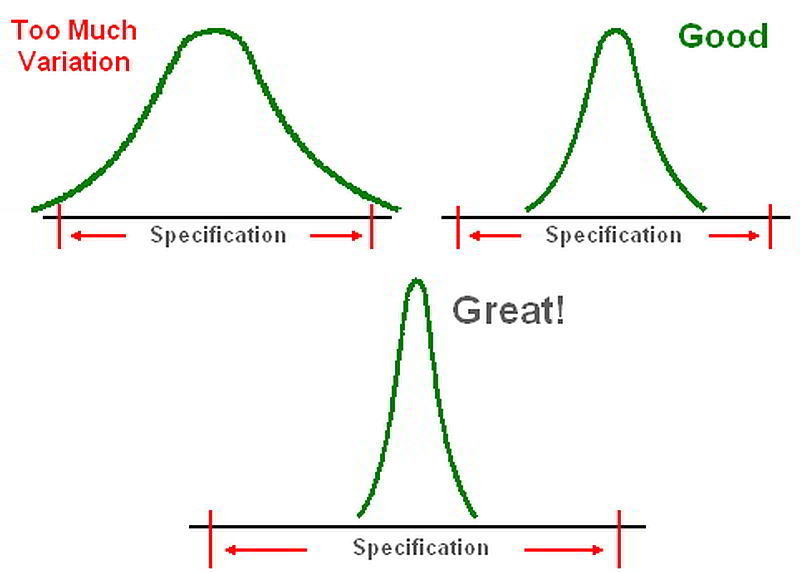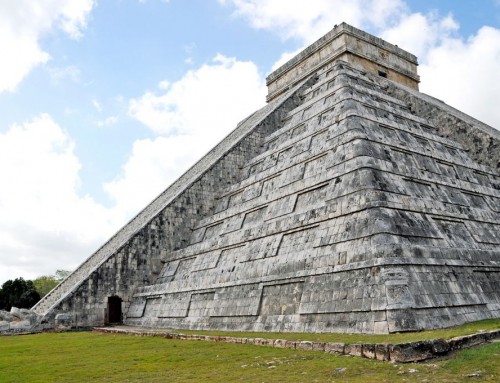Maturity and Capability — What is it?
Maturity and Capability
Process maturity means that whatever an organisation is doing, it is done in a well-documented way, and everyone knows what is expected of them and performs accordingly. Using mature processes performance is not dependent on heroes, and decisions are made on proper situation analysis.
A process is capable if it satisfies its specified product quality, service quality, and process performance objectives. A capable process consistently produces output that is within specifications. Execution of capable process always gives predictable results.
Process maturity models define in a reference scheme (process reference model) the processes, the pre- and post-conditions of the application, and the resulting work products. An associated process assessment model defines a hierarchical evaluation scheme to assess the maturity and capability on certain levels.
Different process maturity models define different maturity resp. capability levels:
- In CMMI there are five maturity levels numbered 1 through 5.
- In ISO/IEC 15504 there are six levels numbered 0 through 5.
Maturity and Capability Levels
These maturity levels relate to the maturity of a company, how well it performs all processes of a certain or of all process areas of its process model. They classify organisations according to their ability to control their various processes. As well they describe an evolutionary method for improving an organisation from one that is ad hoc and immature to one that is disciplined and mature or optimised.
Process capability levels apply to an organisation's process improvement achievement in individual process areas. These levels are a means for incrementally improving the processes corresponding to a given process area. They classify the performances of (some) processes of a certain process area done by an organisation, organisational department, or project.
Process maturity can have two different representations: the staged model and the continuous representation.
- The staged representation uses the maturity levels to characterize the overall state of the organisation's processes relative to the model as a whole.
- The continuous representation focuses on process area capability as measured by capability levels whereas the staged representation focuses on overall maturity as measured by maturity levels.
Maturity and Capability Levels in CMMI and ISO/IEC 15504
CMMI
In CMMI there are five maturity levels numbered 1 through 5.
- Performed — This is where everyone starts: your company is making products and you're earning money, so evidently you're doing something right. But you'd have a hard time describing precisely how you're doing it. Your project teams may be managing by the book, but they certainly can't tell you which book. You're performing, but you don't really know why or how well.
- Managed — At this level, your company's project teams are well-functioning according to ordered methods that are well-documented. There's no guarantee that one project team is managed by the same methods as another team, however, and each time a new project is started, you may find the team reinventing the wheel.
- Defined — This is where all of the methods are well-defined across your company, and all of the projects perform according to those methods rather than figuring them out on their own.
- Quantatively Managed — The projects perform according to the same methods as at the "defined" level, but at the quantitatively managed level the projects will have plenty of hard data to back their decisions and performance. This enables the projects to make sound decisions and quickly identify deviations, and it obviously requires that the defined processes have been followed for a while.
- Optimising — At the last level, the organisation continuously focuses on optimising its work processes. This requires plenty of statistics from the quantitatively managed level.
The four capability levels of CMMI are numbered 0 through 3.
- 0 — Incomplete: The work is done in a way that one or more of the specific goals of the process area are not satisfied and no generic goals exist for this level.
- 1 — Performed: the needed work to produce work products is accomplished, the specific goals of the process area are satisfied.
- 2 — Managed: the work is planned and executed in accordance with policy; employs skilled people having adequate resources to produce controlled outputs; involves relevant stakeholders; is monitored, controlled, and reviewed; and is evaluated for adherence to its process description.The process discipline reflected by capability level 2 helps to ensure that existing practices are retained during times of stress.
- 3 — Defined: the processes are tailored from the organisation's set of standard processes according to the organisation's tailoring guidelines; has a maintained process description; and contributes process related experiences to the organisational process assets.
| Level | Continuous Representation & Capability Levels |
Staged Representation & Maturity Levels |
|---|---|---|
| Level 0 | Incomplete | |
| Level 1 | Performed | Initial |
| Level 2 | Managed | Managed |
| Level 3 | Defined | Defined |
| Level 4 | Quantitatively Managed | |
| Level 5 | Optimising |
A critical distinction between capability levels 2 and 3 is the scope of standards, process descriptions, and procedures. At capability level 2, the standards, process descriptions, and procedures can be quite different in each specific instance of the process (e.g., on a particular project).
At capability level 3, the standards, process descriptions, and procedures for a project are tailored from the organisation's set of standard processes to suit a particular project or organisational unit and therefore, are more consistent, except for the differences allowed by the tailoring guidelines.
Another critical distinction is that at capability level 3 processes are typically described more rigorously than at capability level 2. A defined process clearly states the purpose, inputs, entry criteria, activities, roles, measures, verification steps, outputs, and exit criteria.
At capability level 3, processes are managed more proactively using an understanding of the interrelationships of the process activities and detailed measures of the process and its work products.
ISO/IEC 15504
Lore ipsum Lore ipsum Lore ipsum Lore ipsum Lore ipsum Lore ipsum Lore ipsum Lore ipsum Lore ipsum Lore ipsum Lore ipsum Lore ipsum Lore ipsum Lore ipsum Lore ipsum Lore ipsum Lore ipsum Lore ipsum Lore ipsum Lore ipsum Lore ipsum Lore ipsum Lore ipsum Lore ipsum Lore ipsum Lore ipsum
Further Readings
- SEI CMMI main Page
- All CMMI models, published by SEI
- CMMI FAQ by Entinex, Inc.
- Mary Beth Chrissis, Mike Konrad, Sandy Shrum:
Addison-Wesley Longman, Amsterdam; 2nd ed. 2006.
- Dennis M. Ahern, Aaron Clouse, Richard Turner:
(SEI Series in Software Engineering). Addison-Wesley Longman, Amsterdam, 2001.
- Ralf Kneuper, Ernest Wallmüller (Hrsg.):
dpunkt Verlag. 2009.
- Malte Foegen, Mareike Solbach, Claudia Raak, Mike Konrad:
Springer, Berlin, 2007.








Leave A Comment